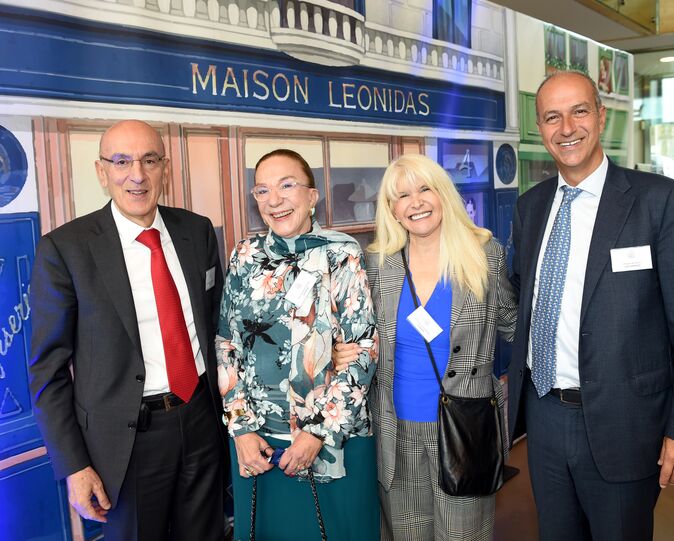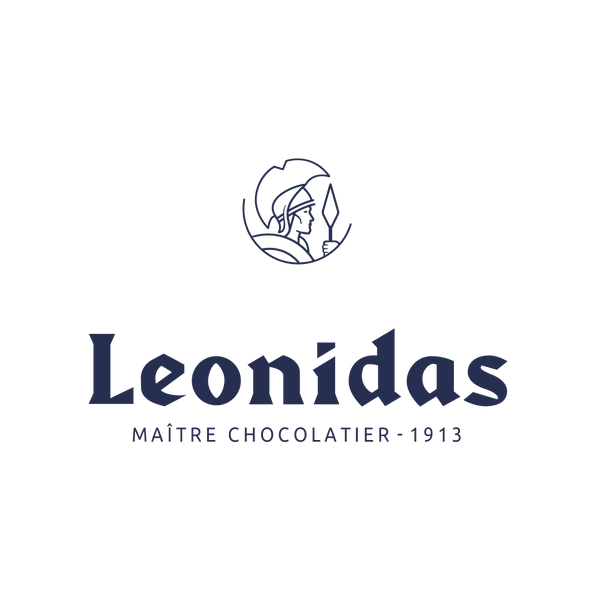About us
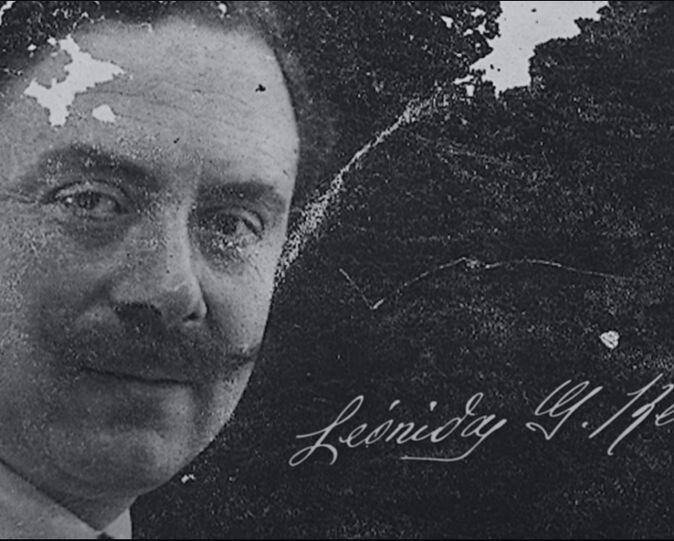
A real chocolate revolution
Discover the great origin story of the famous Leonidas chocolates. From Greece to Belgium, via the United States, passion, perseverance and ingenuity have always been the main theme. These efforts and talent, which have been rewarded significantly, as the company Leonidas is now known all over the world.
For more than a century, giving has made people happy.
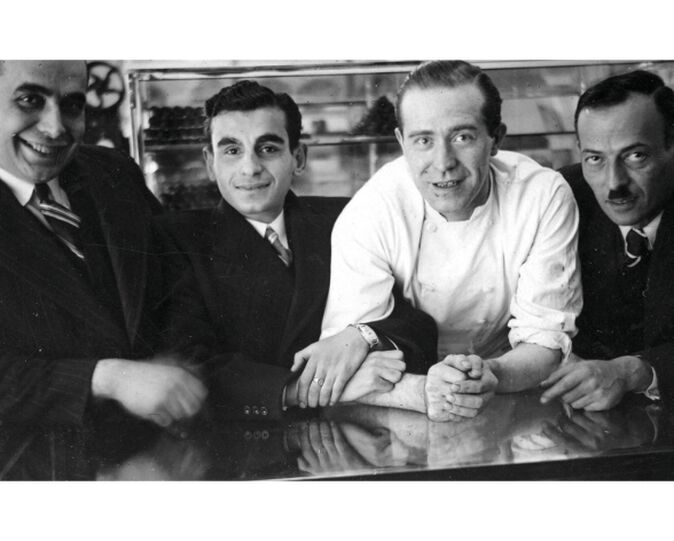
More than 100 years ago, Leonidas Kestekides first started working on our pralines as we know them today. For four generations, the Kestekides family has left its mark on Leonidas, turning this brand into a true family business. What started life as a single store with a sliding wing where the pralines are displayed on the windowsill has grown into an international brand experience with more than 1,200 stores. Now everyone is enjoying Leonidas' delicious creations. Read all about this chocolate revolution here.
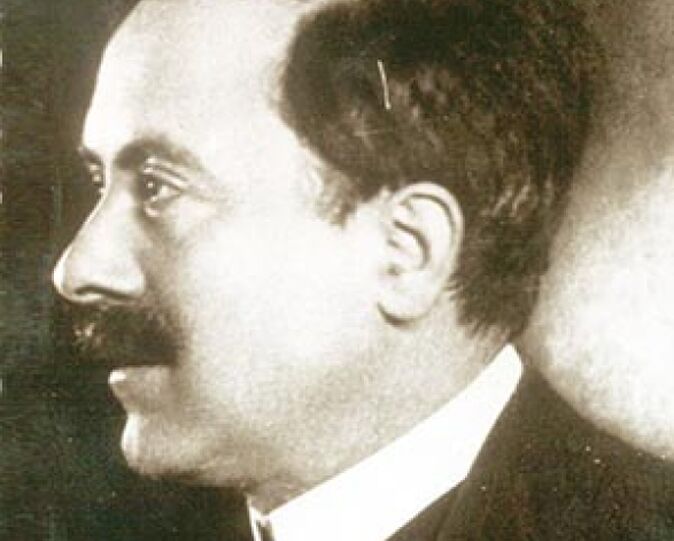
1882 - Sweet temptations as a means of survival
Anatolia Leonidas Georges Kestekides was born in Nigde, Turkey.
Little did anyone know then that Leonidas Kestekides would turn into a man who follows his heart and realizes his dreams. It all starts when he is still small and goes out on the street with his brother Abraham to sell granita (Granita /Granita/ is an Italian cold dessert typical of Sicilian cuisine. It is a semi-frozen liquid mixture obtained from water, sugar and fruit juice or other ingredient – fruits, almonds, pistachios and coffee) and other sweets. At the time, Leonidas and his brother lived in a politically and economically unstable region and sold these sweets to survive.
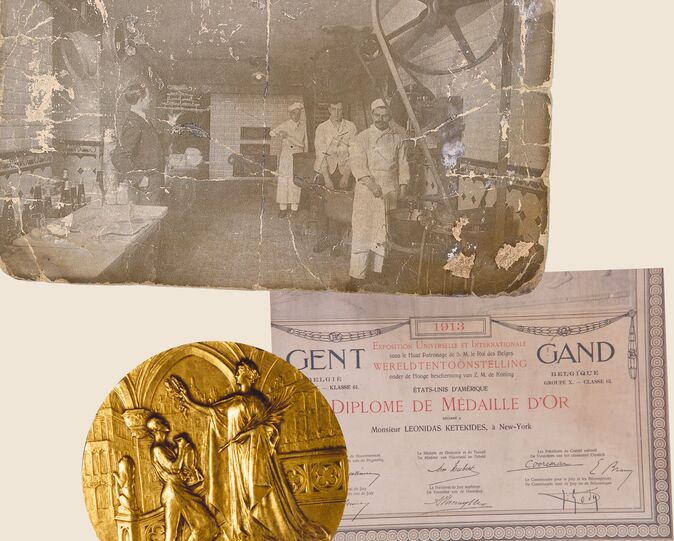
1900 - Granita, wine and the promised land
At 18, the ambitious Greek replaced granite with wine and began selling it at la bella Italia.
But that doesn't go well for him. One of the trucks, which was carrying many of his barrels of wine, without insurance, has an accident. Leonidas Kestekides is financially ruined, but he does not give up. His ambition got the better of him again and he crossed the ocean and settled in the United States.
He sets off in search of his American dream and hopes to make his fortune in the Promised Land. Here he learned the intricacies of the craft he was most passionate about and became a confectioner.
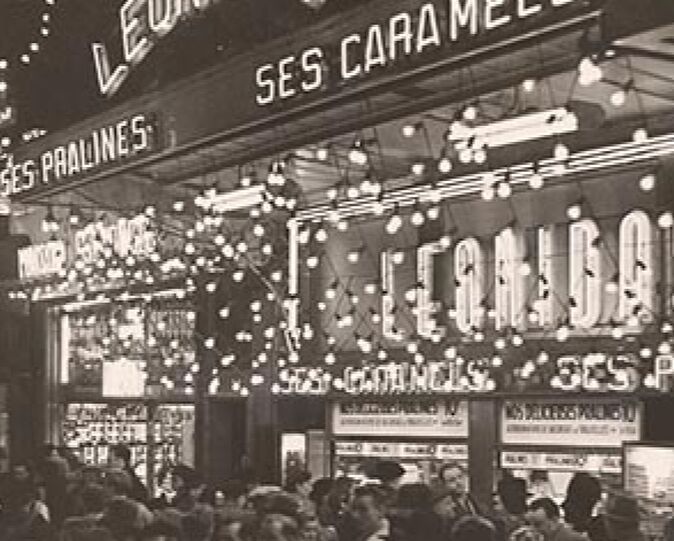
1910 - Love takes him from New York to Ghent
But how did this talented Greek end up in Belgium? Ten years later, in 1910, Leonidas Kestekides participated in the World Exhibition in Brussels as a member of the Greek-American delegation.
It presents its sweets and confectionery to around thirteen million visitors. His efforts were rewarded: Leonidas was awarded a bronze medal designed by Godefroid Devreese. His success has not gone unnoticed. All eyes are on Leonidas Kestekides, especially those of a beauty from Brussels - Joanna Emelia Teerlinck.
How to resist his sweet delicacies?
How can he resist her slender figure and porcelain skin?
Leonidas and Joanna married in 1912 and Ghent became his new home.
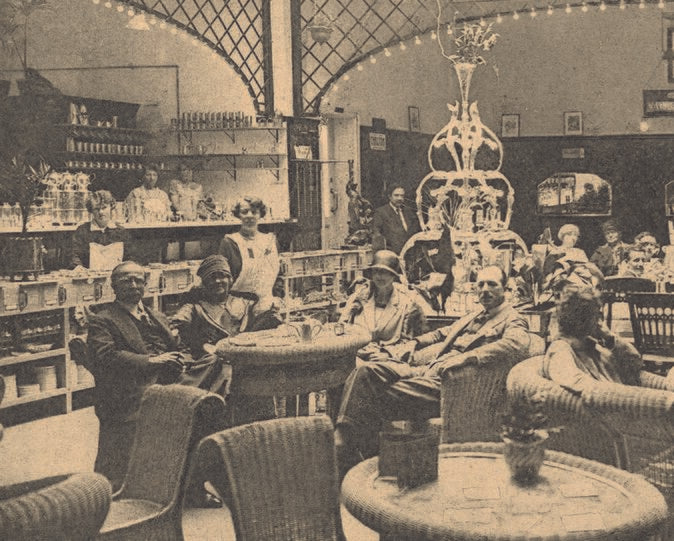
1913 - His Own Tea Room and Gold
In 1913, Leonidas Kestekides appeared again at the World Exhibition, this time in Ghent.
After proudly presenting his new creations to the visitors, on October 27 he was presented with a gold medal and a commemorative certificate. 1913 was a successful year for Leonidas. He opened his first teahouse at Veldstraat 34 in Ghent. Together with Joana, he spoils his guests with sweets, confectionery and ice cream.
When the Germans invaded in 1918, Leonidas temporarily closed. But he noticed that the bourgeoisie still wanted to enjoy the small pleasures of life... and his return was better than ever. In addition to his tearoom in Ghent, he opened a "tasting room and cold buffet" in Blankenberge. The seaside town was very popular with the bourgeoisie at the time due to its trendy shops and casino. Leonidas' second tea house is located in the famous Hotel Lion d'Or.

1922 - Arrival of Basilio Kestekides
While Leonidas celebrates his success with Joanna in Belgium, the political situation in Greece worsens.
Word of Leonidas' success reached his homeland and the Kestekides family decided to move to Ghent. Leonidas' family contributes to the brand, especially his nephew Basilio. Leonidas teaches Basilio how to be a confectioner. The two complement each other perfectly: one is a born marketer and the other a creative spirit. They develop a father-son relationship and create a range of delicious pralines.
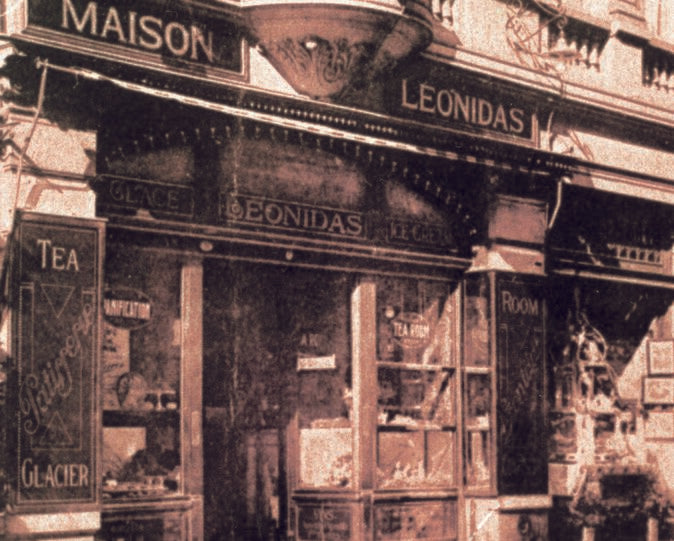
1924 - Conquest of the capital
After Leonidas conquers the hearts of Ghent and Blankenberge, he decides it is high time to embrace Brussels.
At that time his Greek family looked after the shop in Ghent. Leonidas and Basilio open a new teahouse on Rue Paul Delvaux in Brussels: "Pâtisserie Centrale Leonidas". Together they are working hard to establish the Leonidas brand in the capital.
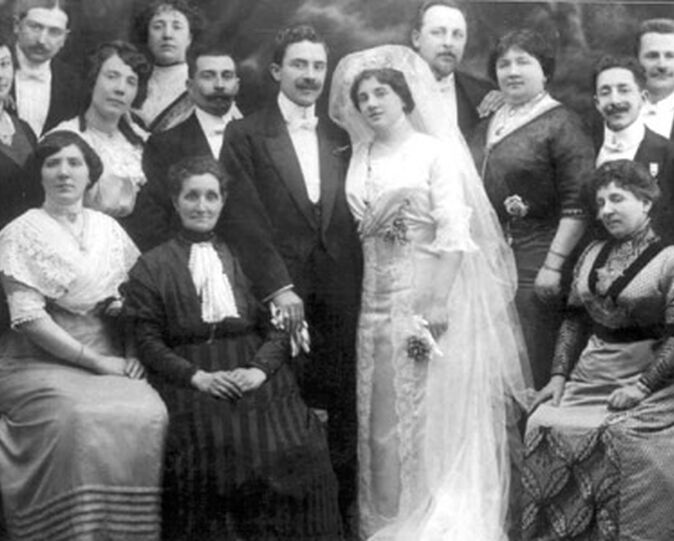
1935 - The Leonidas trademark: the sliding sash window
Basilio and Leonidas are welcomed in Brussels with open arms. At night, Basilio prepares his delicious pralines in a small workshop near the Grand Place, and in the morning he crosses the city by horse and cart to sell his delights to a loyal clientele.
Everything is going smoothly until Basilio gets in trouble for street trading - the police tell Basilio that he has to sell his products in a shop. Basilio rents a room in a building at 58 Boulevard Anspach, which is small and narrow and doesn't even have a door to the main street. But Basilio wouldn't be Basilio if he didn't have a solution. He displays his delicious pralines on the windowsill and sells them from the sliding window to passers-by – a revolutionary idea! Basilio sells up to 35 kg of confectionery per day directly from the production floor to the counter, without losing any of the freshness or time – and at half the price of its competitors.
This is the beginning of the sale through a sliding sash window, which later became a trademark of Leonidas.
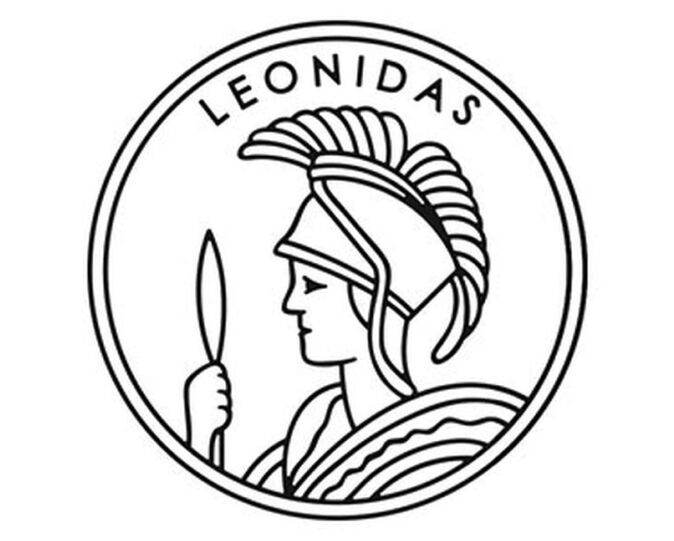
1937 - Official registration
Basilio authored the brand name and logo for his uncle. Gradually, he began to take over all the heavy lifting and management of the company. In 1937, he registered the name Leonidas in the city of Brussels.
He named it after his uncle and decided that the logo should be the Greek warrior Leonidas in honor of his uncle.
This marks the birth of the logo as we know it today.
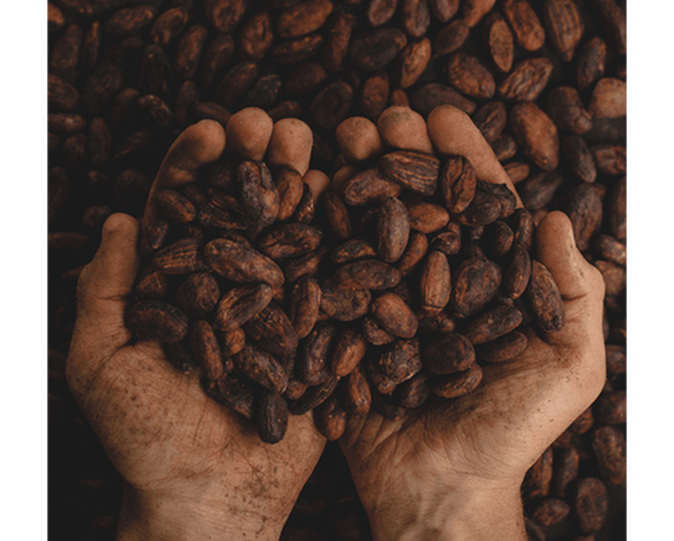
1950 - A luxury product for everyone
Leonidas also survived World War II. Basilio buys cocoa and makes his own chocolate. Leonidas becomes synonymous with success. On February 20, 1948, fate knocked on the door: Leonidas Kestekides died. Despite this loss, Basilio is determined to make a luxury product available to everyone.
The growing demand for Leonidas chocolates was foreseen by Basilio, who in 1950 asked for help from his younger brother, Alexandros Kestekidis, the father of the current CEO, Vassiliki, who settled in Belgium with his wife, Helene. From time to time, Basilio received the help of his older brother Jean-Yanni Kestekoglou, father of Ms. Maria and Mr. Dimitrios, in building the reputation of the Leonidas brand as we know it today. They start by expanding the workshop and increasing the production of chocolates. This decision is intended to keep prices low, which requires an increase in production.
Alexandros Kestekidis made the marzipan fruit shaping tools that are still used today. He also set about developing new, small machines so that they no longer had to make the chocolates by hand. These machines also pave the way for the creation of new flavors, thereby expanding the range of chocolates available. Basilio needed more space and therefore moved the store to number 46 Boulevard Anspach, where the Leonidas store is still located today.
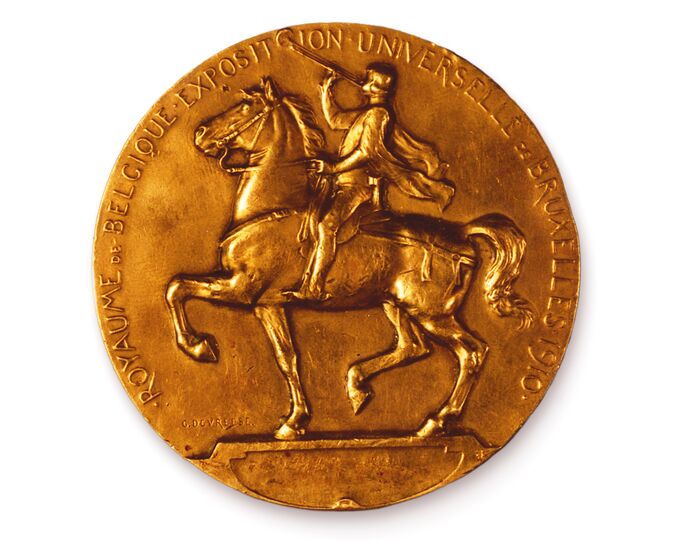
1966 - 100 grams? 10 francs!
In Brussels, you can't get enough of Basilio's traditional pralines. The pralines are of exceptional quality for such an affordable price. Then for a 100-gram bag you don't pay more than 10 francs (or 25 euro cents!) Many entrepreneurs start knocking on the door of Leonidas and soon dozens more stores are opened.
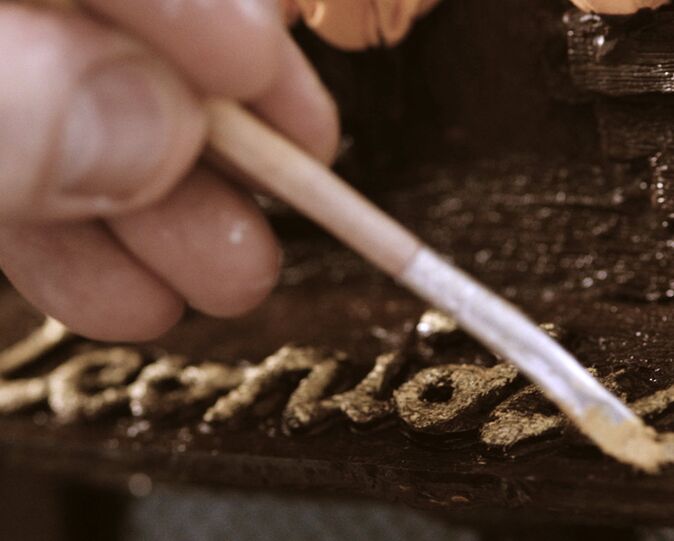
1970 - European glory
On April 2 1970, Basilio died. His brothers Alexandros and Jean-Yanni founded the company "Confiserie Leonidas SPRL". After Basilio's death, Alexandros asked Jean-Yanni Kestekoglu to take over the management of the company, a role he would hold until 1985. He was assisted by his eldest nephew Yanni, their sister's son. From Basilio's death in 1970 until his own death in 1999, Alexandros served as CEO of Leonidas and continued to search for new flavors.
Jean-Yani's main goal is to expand the presence of Leonidas stores outside of Belgium, such as in Luxembourg, the Netherlands and France. Once you try Leonidas chocolates, there is no going back. The chocolate is so fine that it seduces everyone's taste buds. Production capacity is expanded and Confiserie Leonidas SA buys the former Crown-Baele factory in Anderlecht, at Boulevard Graindor 41-43, which is still the company's head office.
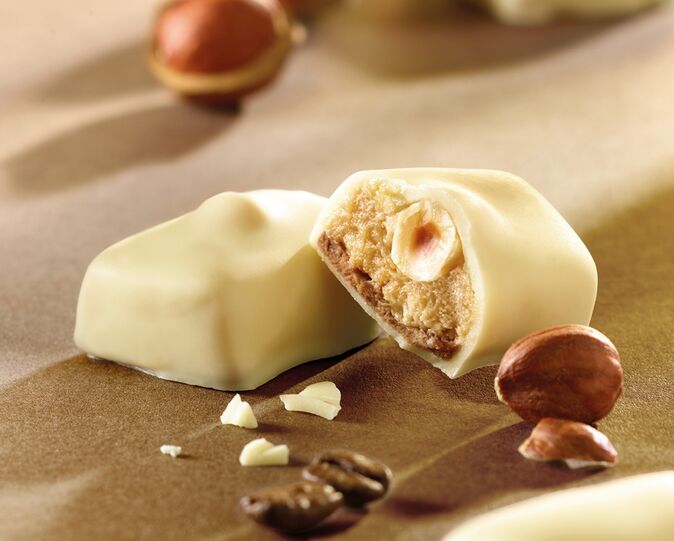
1980 - The arrival of the one and only Manon
Famous, adored, loved, desired. The Manon we know and love today is one of a kind. But how does it appear? Manon originally consisted of nougatine and walnut wrapped in a layer of sugar. Yanni Kesdekoglu, one of Leonidas' family members, modified the recipe.
Yanni created this new recipe for the first time in the world. He comes up with the genius idea of replacing melted sugar with white chocolate. At the time, no white chocolate pralines were made anywhere else in the world. Then the walnut is replaced with hazelnut because you can toast it. This makes it easier to store them for a longer time. Finally, I replace the nougat with the well-known buttercream. This new recipe turns Manon into the praline we love so much.
Until 1983, the price of Leonidas pralines was capped by the Belgian government – just like the prices of bread and milk. This is because Leonidas chocolates are considered a basic necessity.
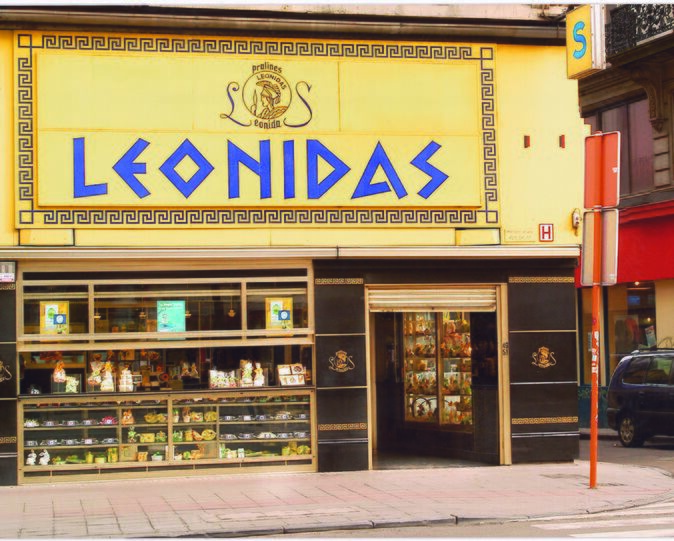
1985 - The price of success
Production continues to increase, but Leonidas achieves something extraordinary: he sends a message to stakeholders not to ask for new stores to be opened, as production can no longer cope. This testifies to the growing popularity of Leonidas products and the desire to maintain quality despite significant demand.
In 1985, Jean-Yanni Kestekoglu decided for health reasons to step down from the management of the company, giving way to the third generation to take the torch. His daughter, Maria Kesdekoglu-Kestekides, took over the company with her first cousin Yanni. In 1992, she would be joined by her first cousin, Vasiliki Kestekidou, in the management of the company. Subsequently, Ms. Maria's brother, Mr. Dimitrios Kestekoglu, decided in 2004 to join them in the management of the company, thereby ending his career as an ophthalmologist to contributed to ensuring the continuity of this great legacy. At the beginning of 2004, he took over the responsibility as managing director of the management of Leonidas in order to prepare the transition from a family business to a professional management. In 2005, at his suggestion, an internal audit committee was established for the first time, assisted by an internal auditor, of which Dimitrios became a member. He served as chairman of the board in 2004, 2006, 2008 and from 2011 to 2014.
Currently, Ms. Maria, CEO Vasiliki and Mr. Dimitrios are members of Leonidas' board of directors and their children are preparing to take over.

2000 - Leonidas becomes international
To keep up with demand, Leonidas needs to expand its factory. Pralines are now also produced in the old Bel cheese factory on the Kommenstraat in Anderlecht. Leonidas pralines have since been sold in the United States and Asia.
Leonidas became the market leader and entrepreneurs came to Anderlecht from near and far to get their order of pralines. The pralines are still made according to Basilio's values: freshness, quality, choice and affordability.
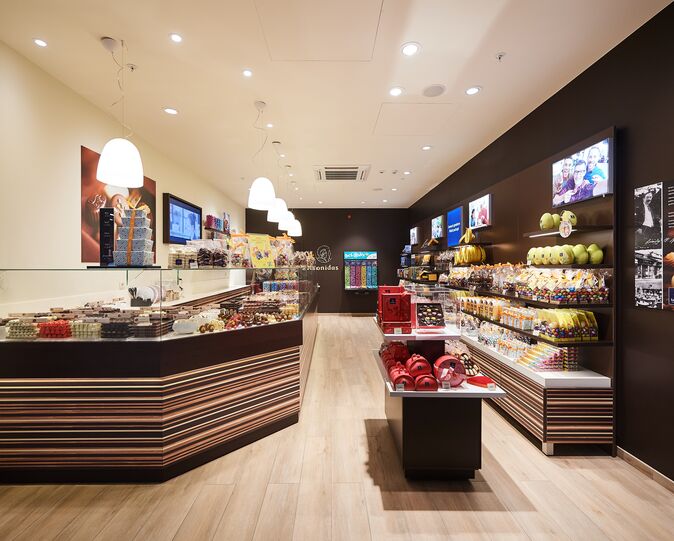
2005 - New design
In 2005, all Leonidas stores received a new look. The sliding casement window has been replaced by a new style that has spread throughout the world. For the interior, Leonidas decided to use colors that reflect the authenticity and values of the brand.
The color range is warm and harmonious, reflecting quality, experience and authenticity. Whether you buy pralines in a Leonidas store in Brussels, New York or Paris, you will always feel as if you are welcomed in the same boutique, in a modern and cozy atmosphere.
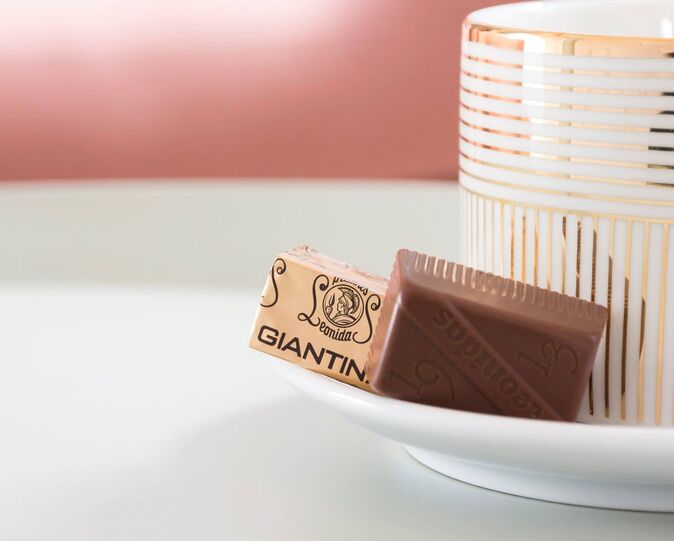
A match made in heaven
Coffee and pralines, the perfect combination. Thus, in 2005, the first Leonidas Chocolates & Cafés opened its doors in Brussels. Since then, this concept has spread all over the world and you can enjoy delicious coffee, traditional chocolate and creamy chocolate milk.
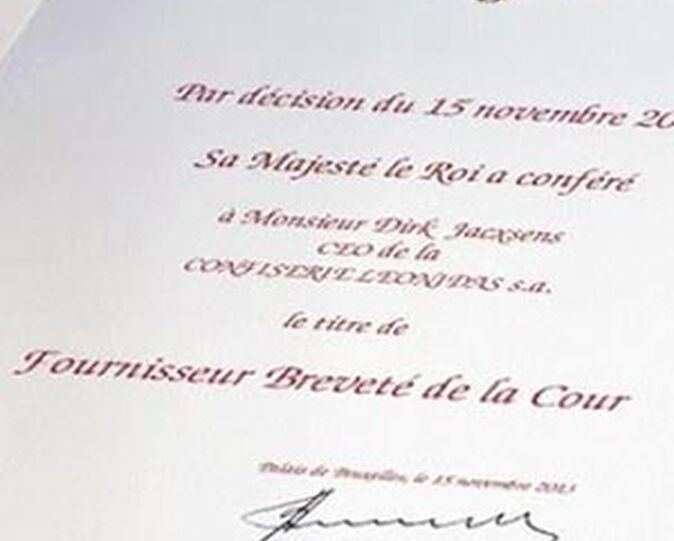
2013 - Announced as purveyor to the royal family
On November 15, 2013, King Philippe of Belgium announced his list of certified suppliers to the Royal Family. Leonidas earned a spot on this list for its exceptional quality and affordable prices. This is a great honor and recognition of the persistence and hard work of everyone who has been part of the development of the Leonidas brand.
Any other notable events after 2013?
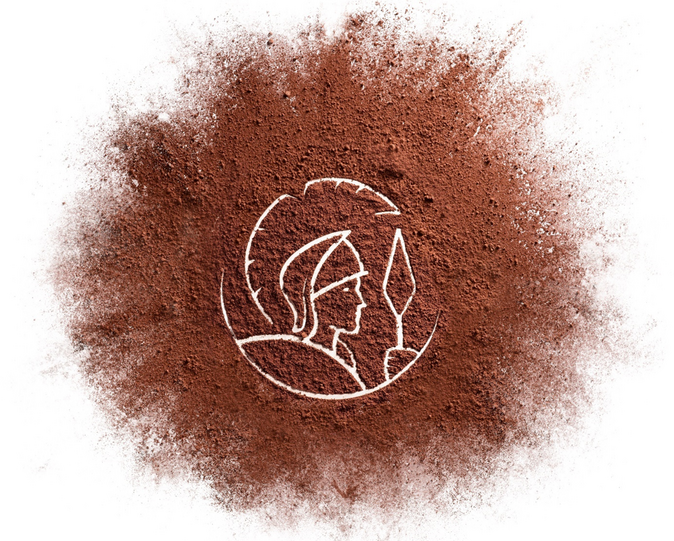
2021 - Sustainable cocoa
From October 2021, Leonidas uses sustainable cocoa for the production of its chocolates. A transition that makes perfect sense considering that since 1913 we've been striving to create moments of happiness for everyone with chocolate. Thanks to this certificate, the living and working conditions of 2,450 cocoa farmers and their families have been improved.
By supporting fair and stable wages for producers, Leonidas participates in its own way in building a better world for humanity and the planet. And to deliver even more delight, and because Leonidas wants its chocolates to be accessible to everyone, Leonidas bears all the costs generated by this commitment to sustainable cocoa without raising retail prices.
